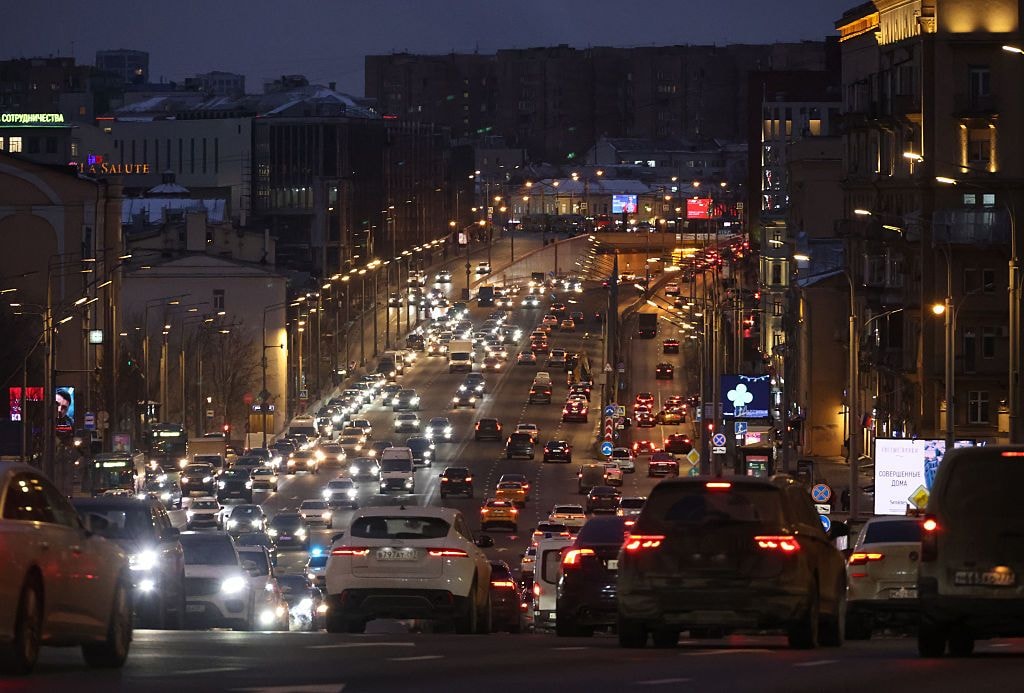Fires sweep through Chornobyl forests, containment efforts ongoing

As of Sept. 7, over 2,600 hectares of land in the Chornobyl zone have been affected by forest fires, according to Ukraine's Environmental Protection Ministry.
An automated radiation monitoring system continues to track radiation levels, which are currently stable.
Specific areas impacted include the Korohod, Denysovychi, Paryshiv, and Lubianka forests.
While some fires have been contained, others are still ongoing, particularly in the Denysovychi Forest, where there is significant thick smoke. Efforts to contain it are complicated, due to the presence of explosive devices.
Paryshiv forest is also partially mined. Bomb disposal teams from the Ukrainian Armed Forces have been deployed to clear these threats.
The situation is currently under control, and critical infrastructure remains unaffected.
After one of the reactors at the Chornobyl power plant exploded on April 26, 1986, vast amounts of radioactive material were released into the atmosphere.
Today, an uninhabitable exclusion zone surrounds the former nuclear power plant, and, up until the war, the site operated as a tourist attraction.
Chornobyl was occupied for several weeks by Russian forces in the initial phase of the full-scale invasion before they withdrew in March 2022.
Though Chornobyl’s reactors are decommissioned, there are still active projects at the site related to management of radioactive waste, spent nuclear fuel, and sources of ionizing radiation.










